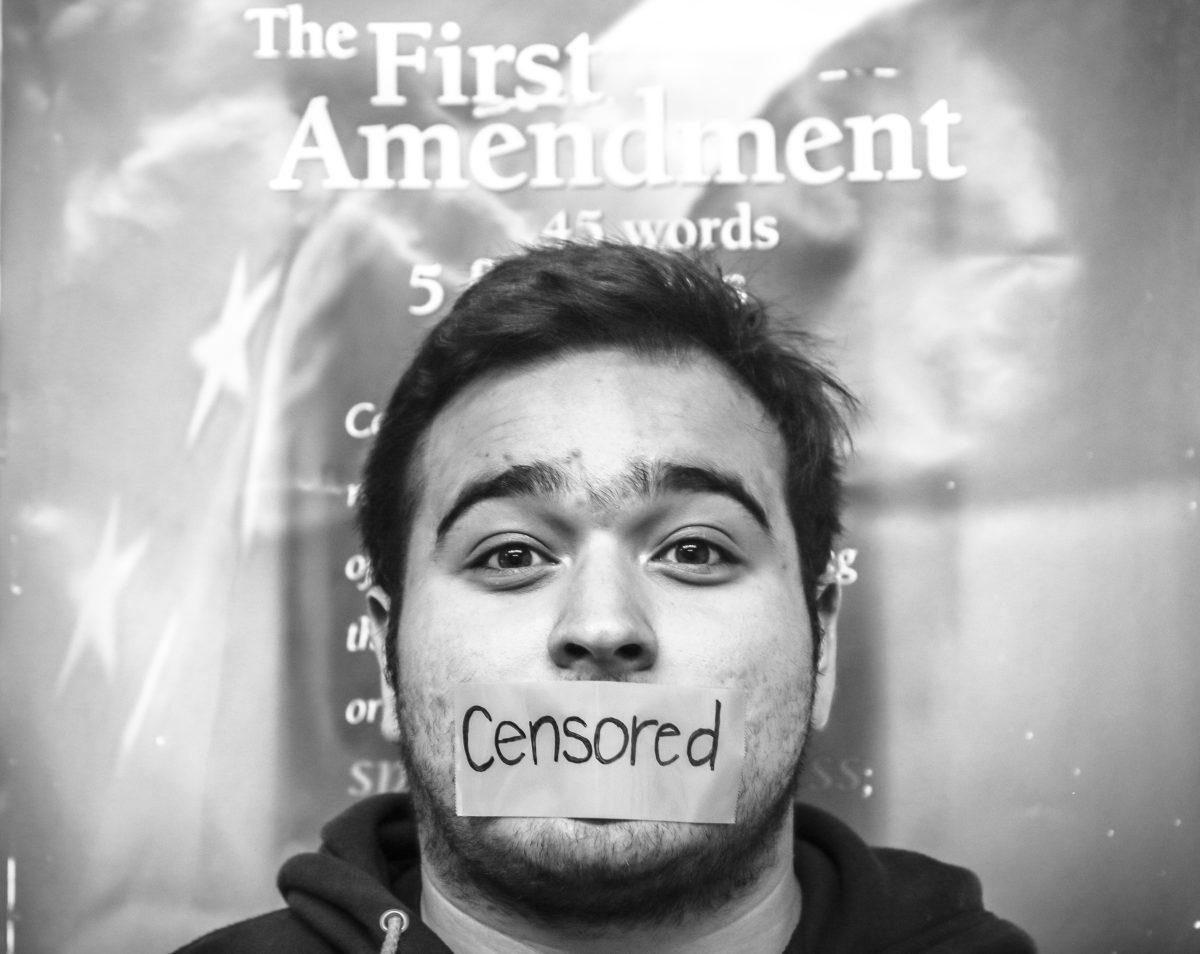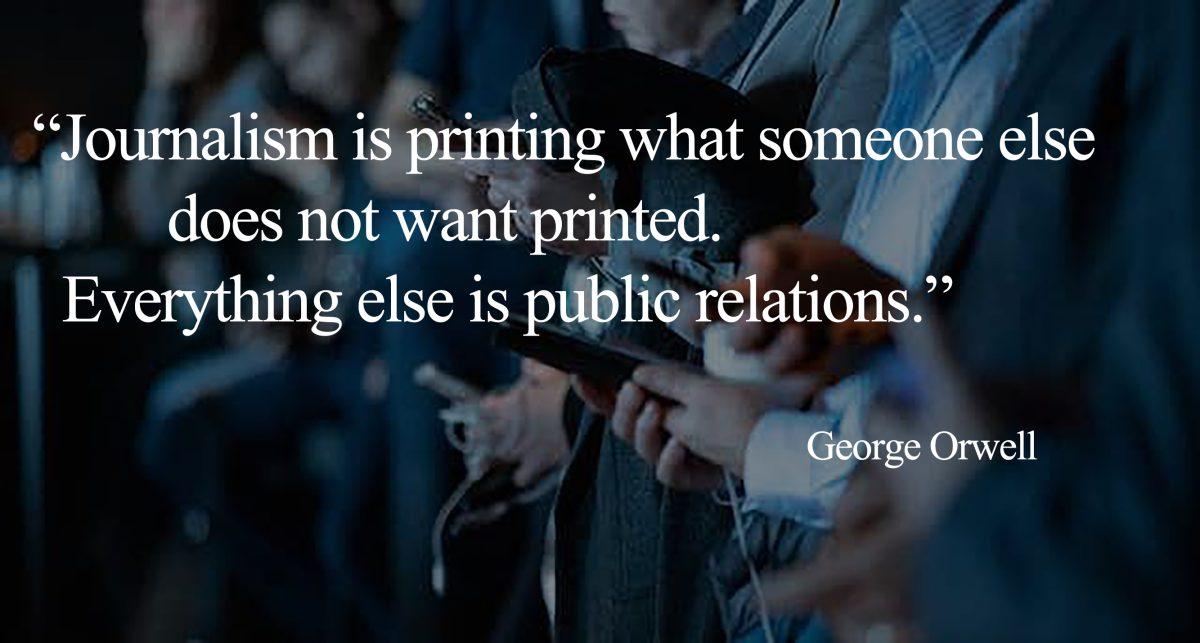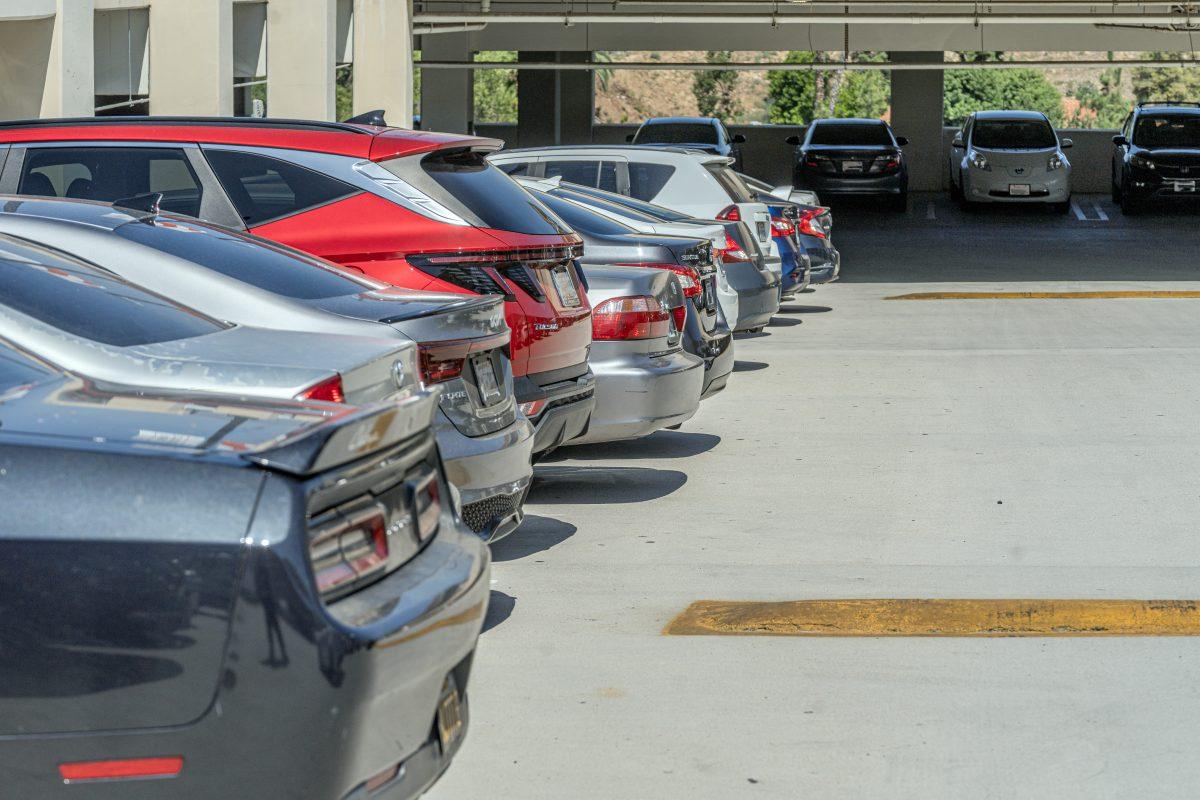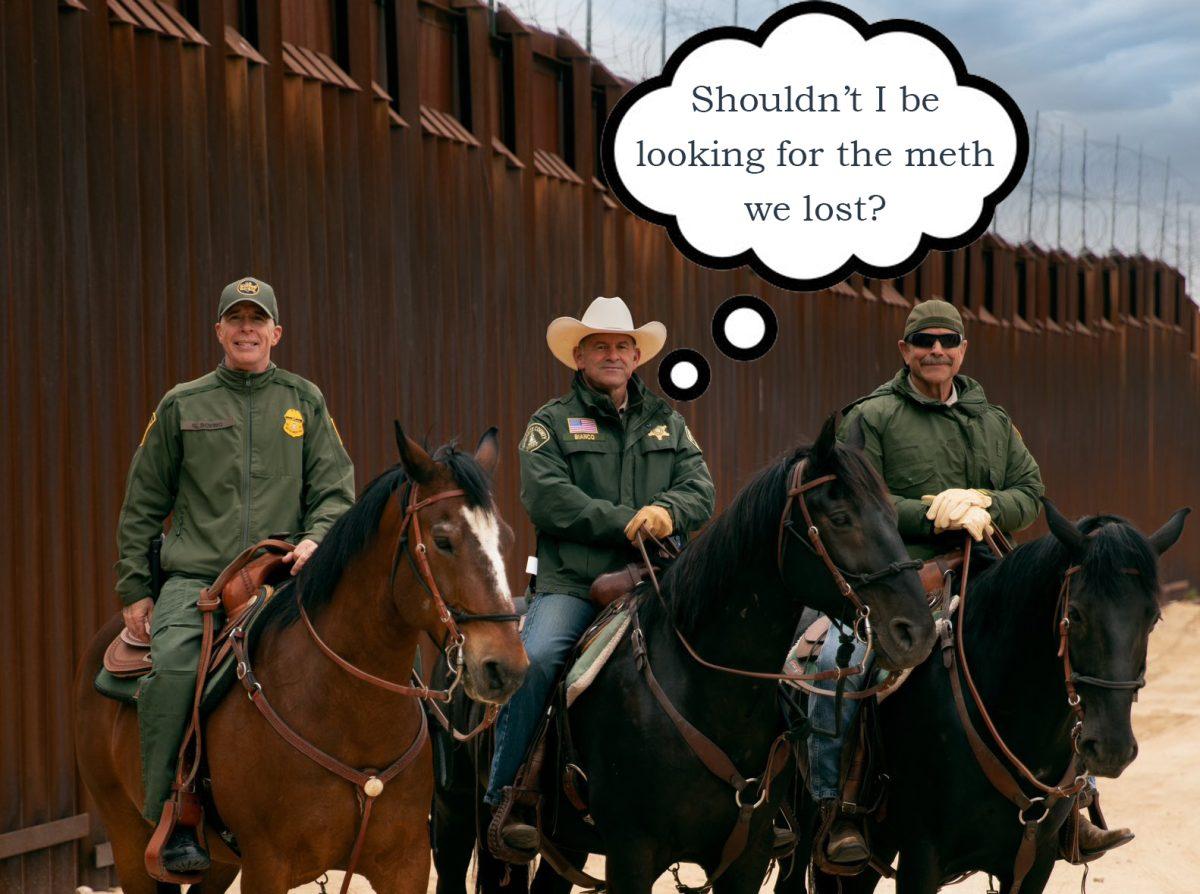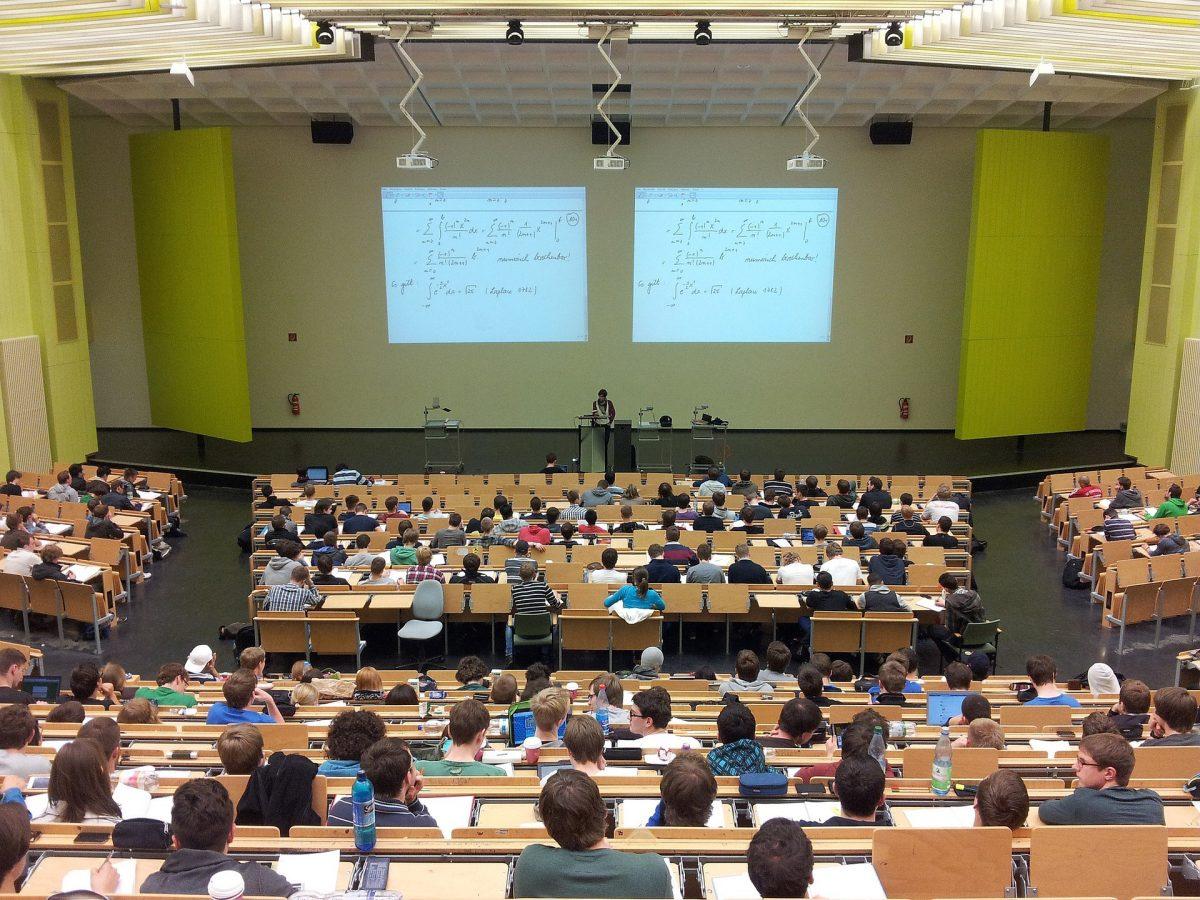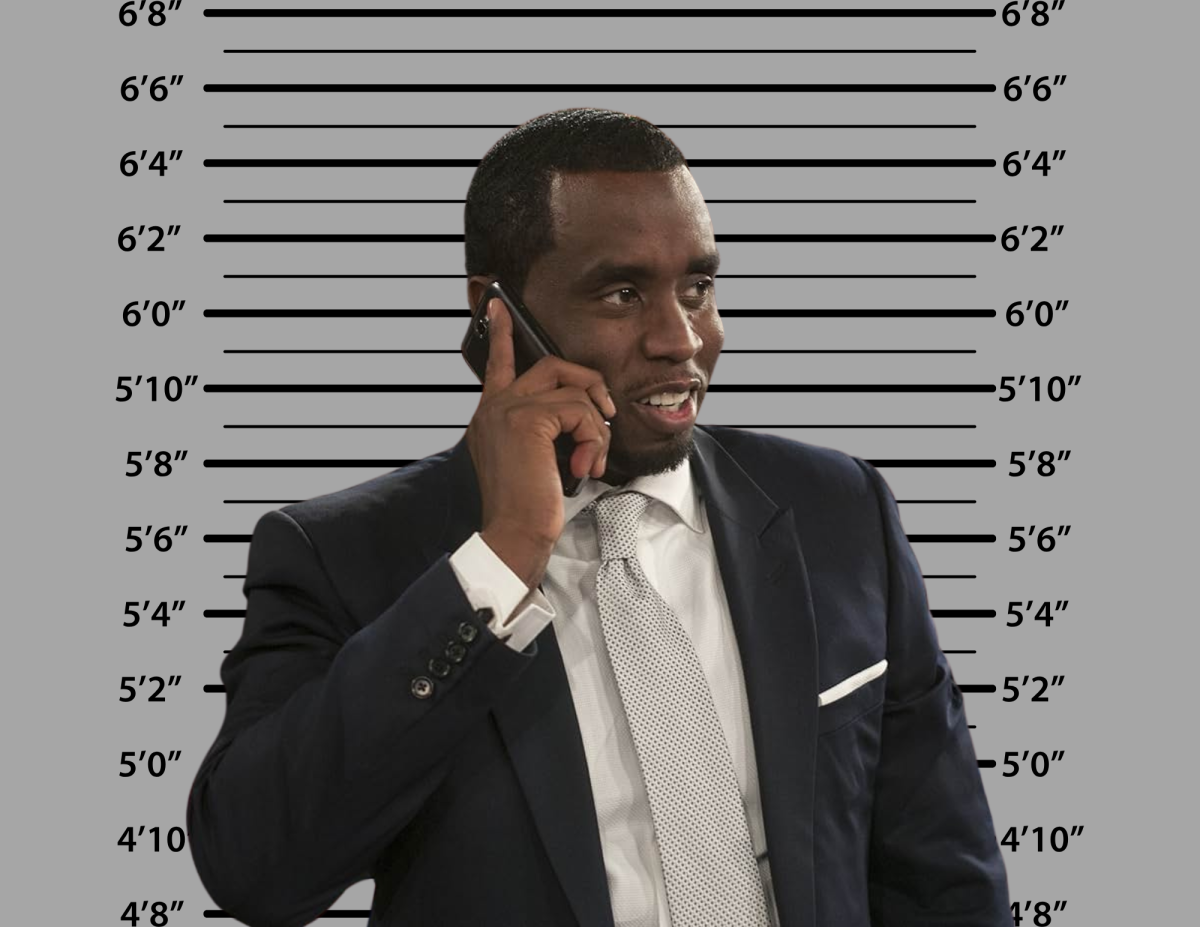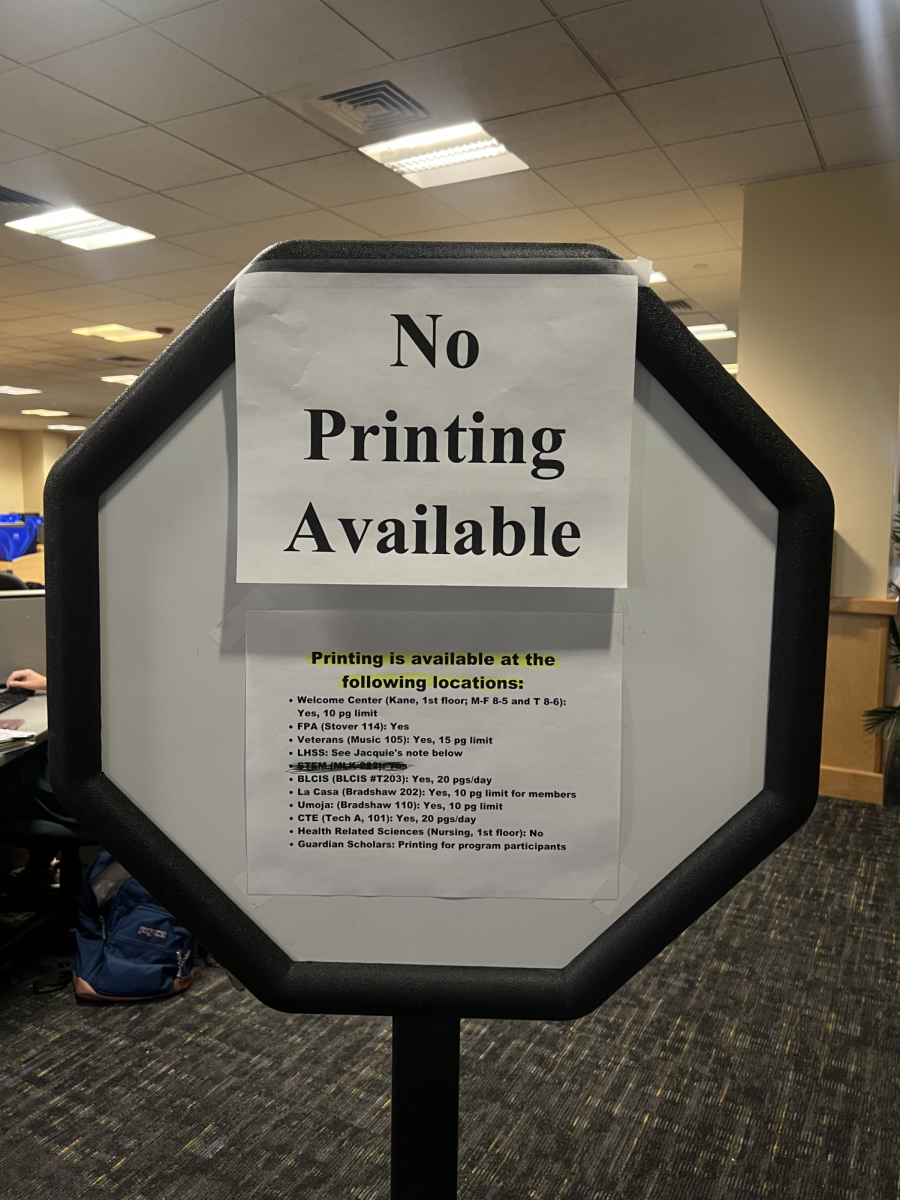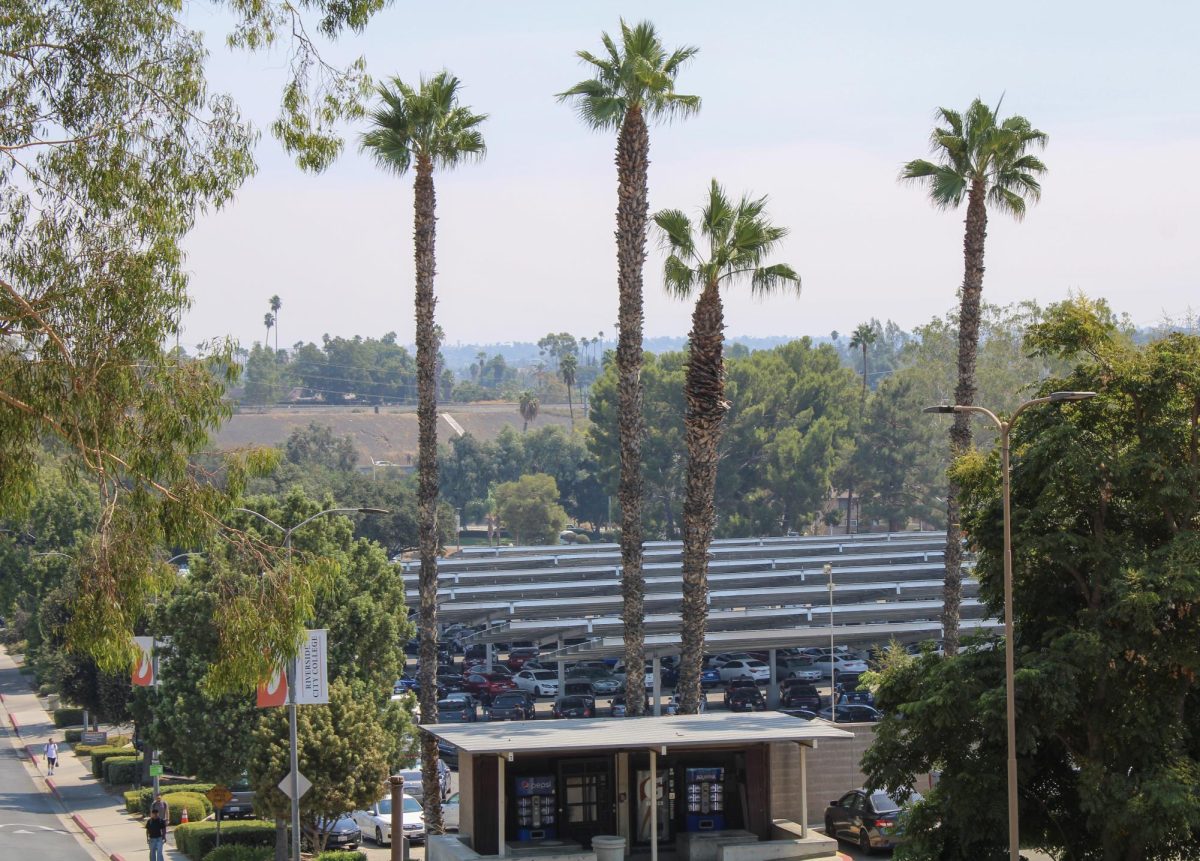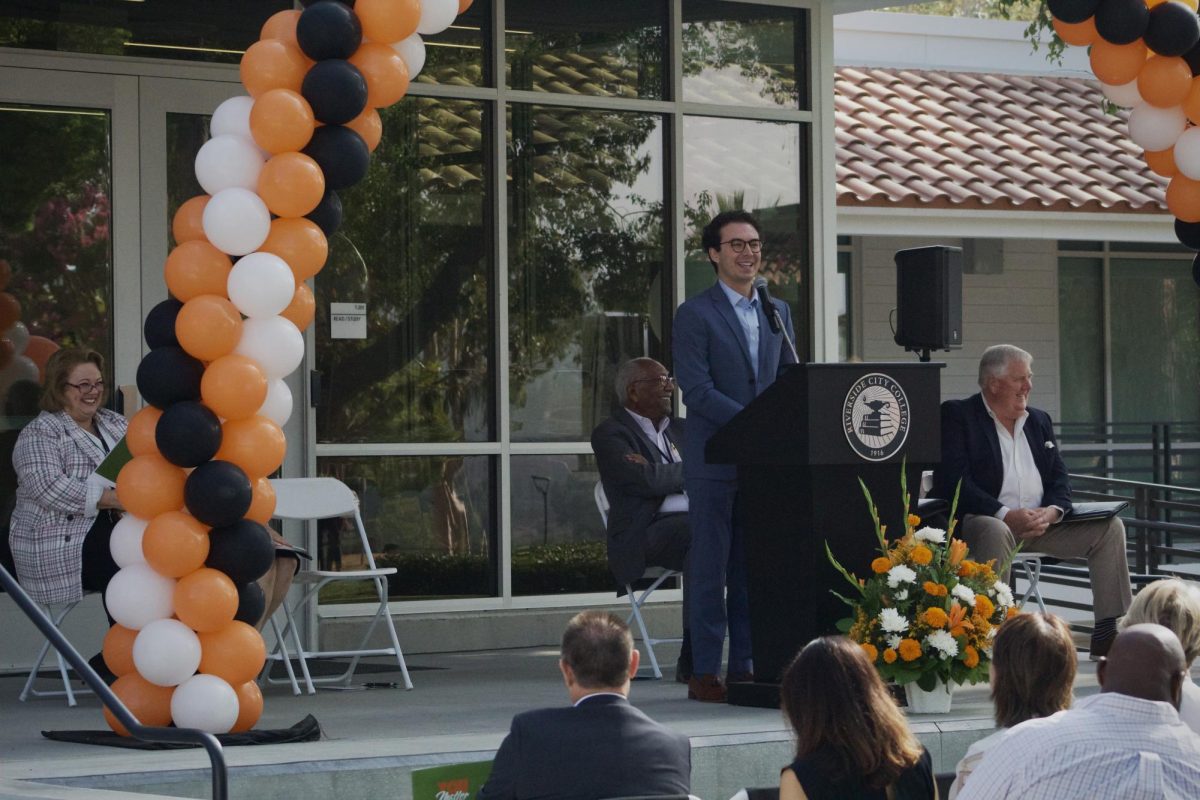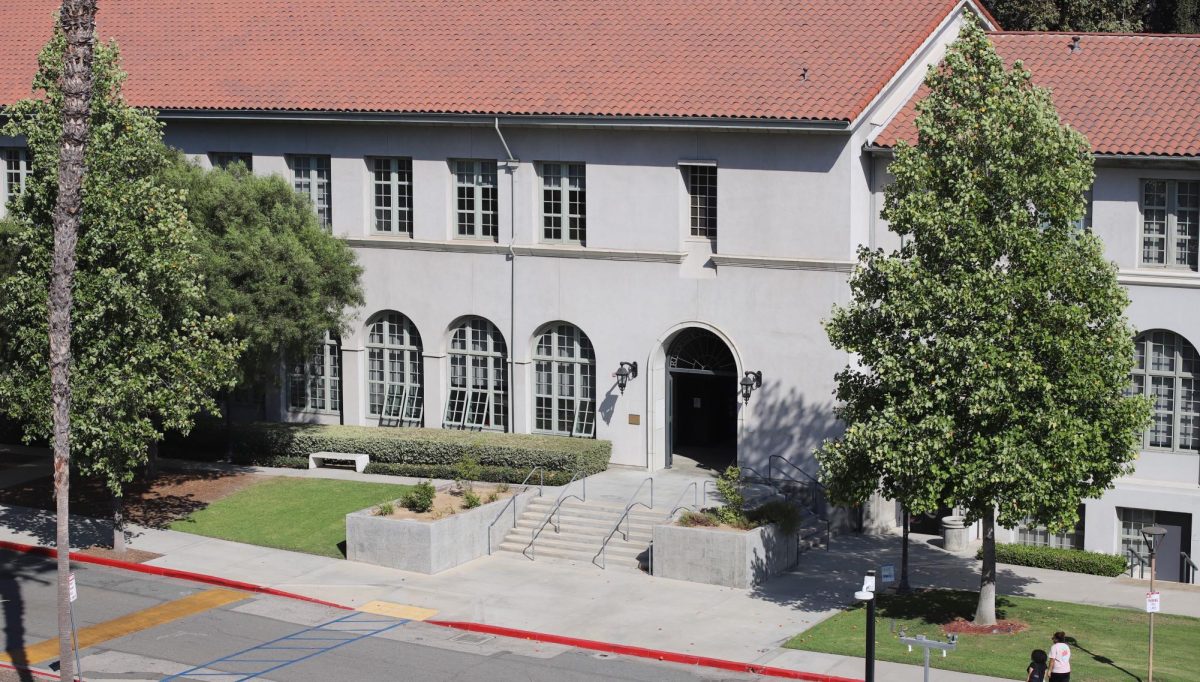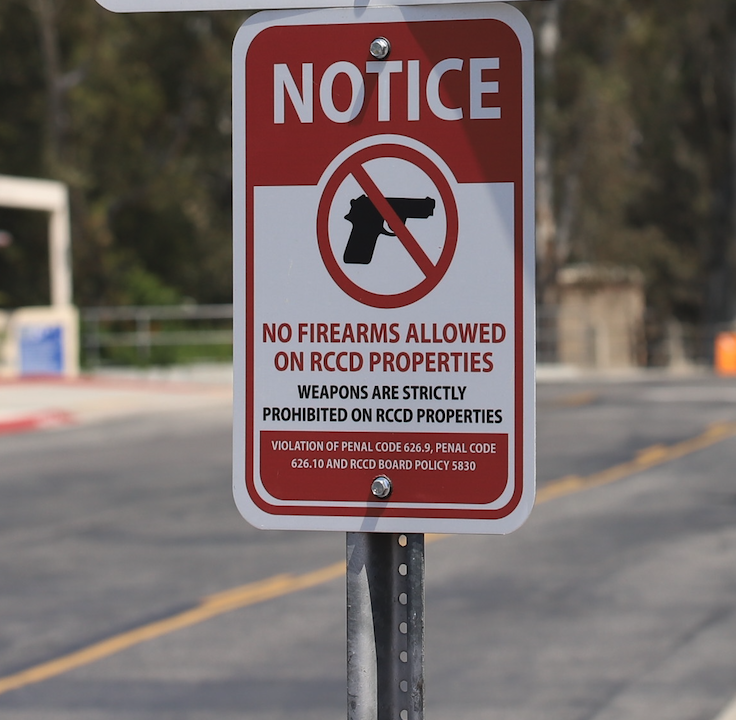In the current political climate, everything from political Facebook posts to friends taking part in protests, fill our social media timelines. Having your voice heard is seemingly more important than ever.
We feel like getting students’ point across on campus is the way to go as they can reach a broader audience, but because of our current free speech zones, that potential audience is limited.
In college we are often challenged to think critically and handle complex issues but how can we apply those skills if we are limited in expressing our views?
There is a time and place for this free speech getting your political views out during the middle of a lecture isn’t what this promotes, but it should not be limited to a few select areas on our campus.
Kevin Shaw, a student at Pierce College, filed a lawsuit against Pierce College and the Los Angeles Community College District after he was stopped from attempting to distribute Spanish-language copies of the Constitution and recruit new members for his student group, Young Americans for Liberty, outside of the designated free speech zone on campus.
“Students like Kevin go to college to learn and grow in conversation with their peers, but a free speech quarantine like Pierce’s threatens to punish students who speak their minds in the wrong place,” said Foundation for Individual Rights in Education’s Director of Litigation Marieke Tuthill Beck-Coon. “The law is clear: Public colleges like Pierce can’t force students into tiny slices of campus to exercise their First Amendment rights.”
Free speech zones are essentially unconstitutional. There are California educational codes that protect our First Amendment right to free speech but our district, like many other schools throughout the country, limit these rights to mere square feet across each campus.
All three campuses in the Riverside Community College District have free speech zones, with Riverside City College’s zones designated in the Promenade in front of the bookstore, the Aguilar Patio located by the Student Government building, the north side of Terracina Drive across from the Quad and the Martin Luther King, Jr. Plaza in front of the MLK, Jr. High Tech Center.
The latter is probably the most well recognized free speech zone with students walking back and forth throughout the day only to be surrounded by posters, individuals handing out literature for their causes and the occasional table promoting their businesses or selling knickknacks.
There are potential downsides to getting rid of the free speech zones.
Back in 2005, Viewpoints wrote an editorial which highlighted the issue of proposed changes to District Regulation 5120, after an incident at the Moreno Valley campus.
Anti-abortion protestors entered the cafeteria with graphic images on display for students and faculty to view as they were eating or studying.
While these more radical displays of free speech seem to be rare on campus, getting rid of the free speech zones could open up the possibility of people who may try to take advantage of these freedoms.
The current revision of the regulation states that any defamatory, obscene or violent disruption and hate violence will not be tolerated and action will be taken against those who violate these rules.
With the potential abolishment of these free speech zones, we would expect that these same rules would be upheld.
Would this mean that we have to brace for the possibility of people setting up shop outside of our math classes? Maybe, but if students are allowed to express their views on campus outside of the free speech zones then it would be worth it.
Viewpoints’ editorials represent the majority opinion of and are written by the Viewpoints’ student editorial board.

